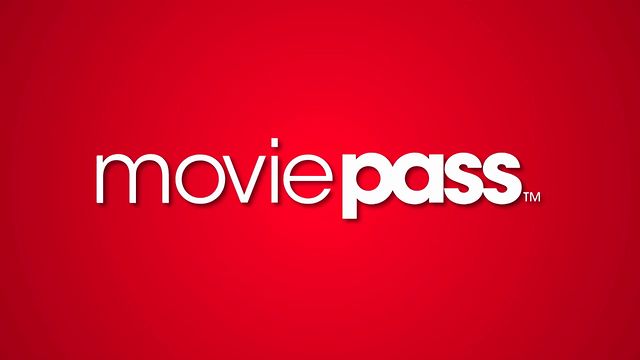Real Film Data (Part 1: Theatrical)
Forest Conner
The theatrical film market is dark and filled with terrors. At least I think that's how the quote goes. By "dark" of course I mean in regards to data. The purpose of this blog post is to look into who has data about audience theatrical viewing habits and whether filmmakers are able to access it. While we live in a world where a good number of our actions are tracked, calculated, and processed so that our actions will be better understood, 94% of people still walk up to a theater, pay for a ticket, and watch a film without another soul in the world knowing they did so.
Privacy advocates may love this homespun tale of a world without information, but to filmmakers it is incredibly troublesome to find yourself lacking the knowledge of who your audience is.
Currently, there are a few groups of people who have information about theatrical audiences:
1) Exhibitors - First off, it's important to understand how theaters make money. Concessions! Because studios take almost all box office revenue from the first week of a film run, theaters have to charge a massive amount for food and drinks just to stay in business. That's why the single most important metric theaters track is called "per-head," which measures amount spent at the concession stand.

If you are a member of a rewards program, however, congratulations! You've just exchanged your data for the occasional free bag of popcorn.Companies mostly use loyalty programs to keep customers coming back, but also to collect and understand their purchasing behavior.
As a filmmaker, you get none of this.
2) Ticketing Websites - Sites such as Fandango and MovieTickets.com* will presale tickets to a film, therefore knowing quite a bit about you (email, geographic information) and will use this to directly market to you. They do a pretty scatter shot job, as most correspondence is through non-targeted email campaigns. That said, they have demographic, geographic, and direct contact information for actual customers, and may even be able to draw more information about them through site interactions.
As a filmmaker, you get none of this.
* Fun Story: Fandango is owned by Comcast; MovieTickets.com is a joint venture by many companies, including AMC theaters, Viacom, and Time Warner. If you think they are in any way interested in sharing data with filmmakers, well, just wait until we get to TV...
3) Tech world - Finally, some people that might be interested in helping filmmakers. Some are specifically film based like Moviepass. Their subscription service allows users to pay a monthly fee for the ability to use a pre-paid debit card to pay for movie tickets.

In order to use the service you have to have a smart phone with their app, which uses your location to "check-in" to a theater, thus allowing you to purchase the ticket with their card. This gives Moviepass direct information about who is seeing which films and where in real time. They also have an in-app ability to invite friends, which allows them to track word-of-mouth. Unfortunately it seems like Moviepass is more interested in selling this data to studios and theaters than directly to filmmakers. You can check out a great primer on Moviepass and their value add by clicking here.
Taking a step back from film-centric apps alone, location-based apps like Foursquare could be helpful, allowing mobile users to check in for specific events at a given location.
Imagine that for a second. Someone checks in to a theater for your movie. You can then see where else they have checked in begin to make strong conclusions about what type of person this is. In the aggregate, this allows someone to forecast what types of people see what types of films and be able to types of places they most frequently eat, shop, and spend time.
I hope that the use of existing data sets alongside newly created technology will be able to utilize what is available from these newer models of data collection.
--------------------------------------------------------------------------------------
Of course the largest issue with all of these methods is that they take place after the film has been released. They might be able to help a smaller platform release target its marketing as it grows from city to city, but at that point a shift in strategy can do more harm than good.
However, if we begin to study the actions of an audience over time using platforms like the ones mentioned above, we can aggregate data to expose patterns of behavior. Once we do that, we can define films in such away to exploit those patterns and put films in front of their audience first without breaking the bank on advertising.

